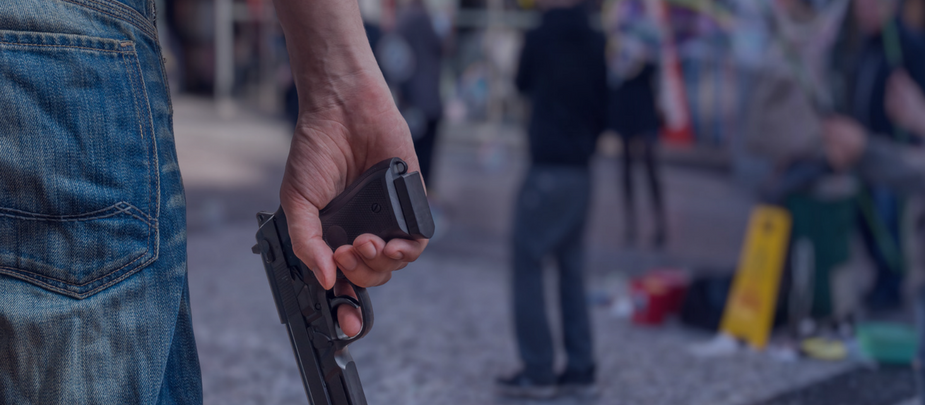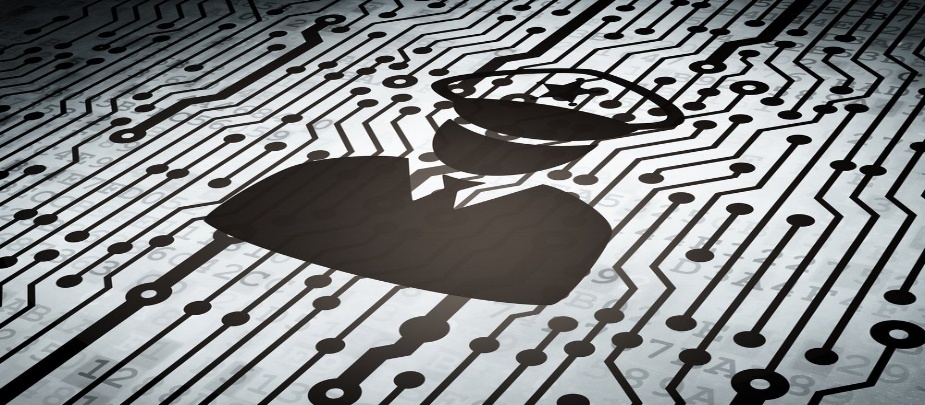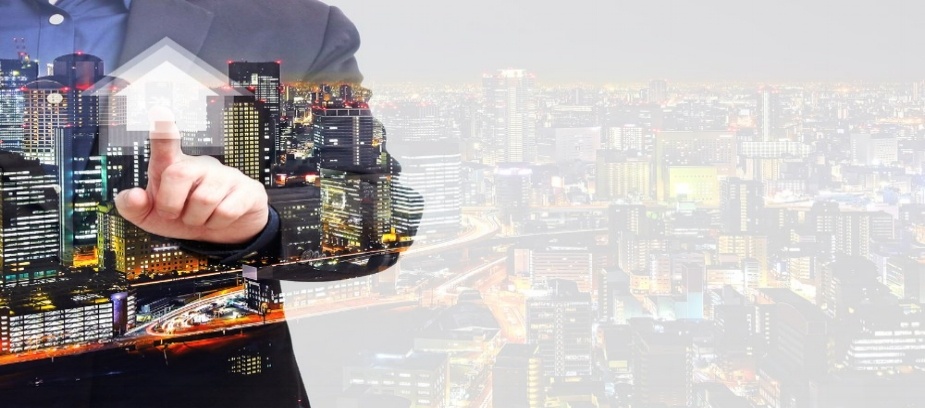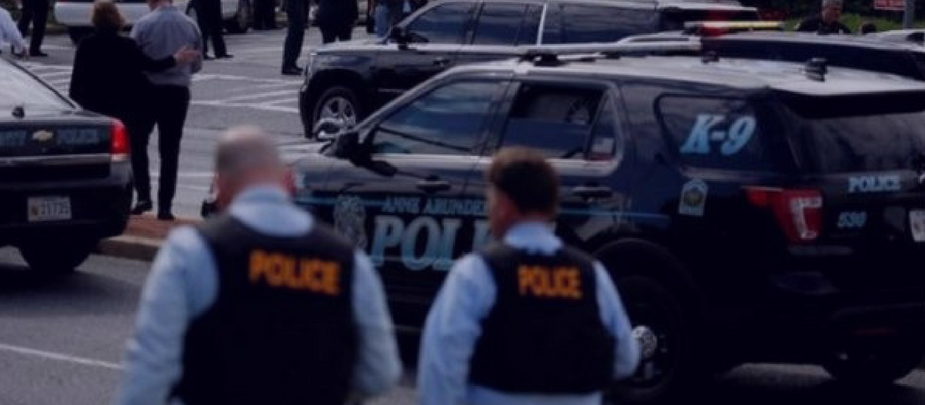The United States faces a major problem. Since the start of 2018, there's been an average of one mass shooting every day. Three out of every five Americans are afraid that they or a family member will die in a mass shooting event. With little political action taking place on the issue, Americans are turning to other solutions to respond to the increasing threat.
In order to understand the cause of this trend, we need to look more closely at one of the most notorious mass shooting events in U.S. history: Columbine.
Revisiting Columbine
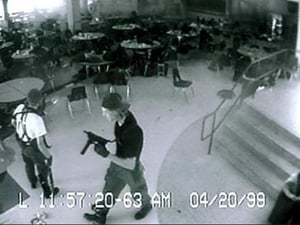
In 1999, two students of Columbine High School in Littleton, Colorado went on a shooting spree that killed 12 students and teacher. While this wasn't the first mass shooting in the US, it's remembered for its terroristic perpetrators, their failed bombing attempt, and its impact on schools across the nation. In response, schools doubled down on zero-tolerance policies, physical defenses such as metal detectors and reinforced fences, and even hiring security officers or school resource officers. The understanding was that this was an isolated, unpredictable event and could not possibly have been anticipated.
However, with 154 mass shooting events as of June 28, it's clear that these types of events are far from exceptions. Instead of asking how to respond to mass shootings, we need to ask ourselves: how to prevent these events from happening in the first place?
How is a Killer Created?
The perpetrators of mass shootings each have their own motivations and goals, but they tend to follow five distinct stages.
Stage 1: Obsessing Over Other Mass Shootings
Mass shootings and other large-scale attacks—especially those that receive wide media coverage—can actually inspire other potential mass shooters. For instance, the Columbine perpetrators were so inspired by the Oklahoma City bombing just four years earlier that they planned their own attack on its anniversary.
They, in turn, went on to inspire the lone gunman who killed more than 30 students at Virginia Tech in 2007. In pre-recorded video messages and writings, the Virginia Tech shooter referred to the Columbine shooters as martyrs.
Stage 2: Planning
Mass shooters challenge the notion that these events are random, unpredictable, and unusual. Columbine was meticulously planned and well-documented with multiple phases and a concrete strategy for each phase. For a long time, the public belief was that these shooters acted impulsively and focused their rage on specific targets. Columbine changed that.
Shortly after Columbine, the FBI held a summit of mental health experts to analyze the shooters' motivations. In contrast to public opinion, experts found that the shooters approached their task in an entirely rational and self-aware way. They understood the challenges involved and how to leverage their targets' behaviors in order to inflict the greatest amount of damage. This focused and grounded approach is what makes events like these so difficult to pinpoint.
Stage 3: Preparation
Although acquiring weapons and ammunition takes time, several state gun laws have shortened this process. The weapons used by the Virginia Tech shooter were legally obtained just two months before the attack. The background checks conducted by police took less than a minute, and since Virginia doesn't require a waiting period, the shooter was able to bring a weapon home on the same day that he bought it.
Stage 4: Practice
In the practice stage, the attacker rehearses their strategy. In the case of the Columbine shooters, this included several documented target practice sessions at a makeshift shooting range. As students, the shooters had countless opportunities to study the school's layout, find entry and exit points, and target specific rooms to cause the most damage.
Stage 5: Execution
The final phase is putting the plan into motion. Even if the attacker's full plan isn't implemented, they can still cause a significant amount of direct and collateral damage. Although first responders can arrive in less than 10 minutes, by that point, the attacker may have already fled after executing the attack and taking countless numbers of lives.
Using Fusion Centers to Centralize Risk Assessment and Prevention

For many mass shooting events, there are red flags and warning signs before the event that could contribute towards its prevention during one of the five stages. School reports, law enforcement documents, and even welfare records contain information relevant to recognizing threats long before they attack. The problem is that this information is distributed across many different departments and systems, and without a way to centralize it, it's extremely difficult to paint a comprehensive picture.
In January 2018, Christopher Combs, special agent in charge of the FBI's San Antonio Division, said regarding the 2007 Virginia Tech shooting that over 12 different departments reported concerns about the shooter before the attack. However, since there was no overseeing body to correlate this information, no actions were taken.
Today, 79 fusion centers operate in the United States with the goal of aggregating, analyzing, and disseminating this information to identify potential threats. By doing so, Fusion Centers provide the central body that law enforcement needs to monitor, assess, and identify mass shooters before they have the chance to strike.
How Can AI Help?
Artificial Intelligence (AI) excels at finding relationships between seemingly unrelated data. It can act as a pre-screening mechanism that searches for potential threats, measures the amount of risk to educational institutions, and generates intelligence for law enforcement.
In one study, AI was used to successfully predict which students out of a group were at a higher risk of perpetrating school violence. Dr. Yizhao Ni, who co-authored the study, comments,
"The machine learning algorithm, based only on the participant's interview, was almost as accurate in assessing risk levels as a full assessment by our research team, including gathering information from parents and the school, a review of records when available, and scoring on the two scales that we developed."
Using AI and deep learning, law enforcement can analyze data collected on potentially dangerous individuals for potential trends. Fusion Centers can not only provide this data, but also potentially act as centralized bodies for leading the threat assessment and prevention campaign by using AI to cross-reference this data to help predict trends, identify potential threats, and thwart attacks before they have a chance to be planned, practiced, and carried out.
To read part 2, click here.


